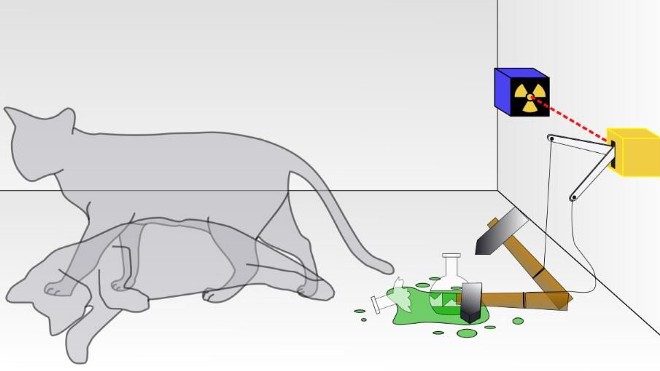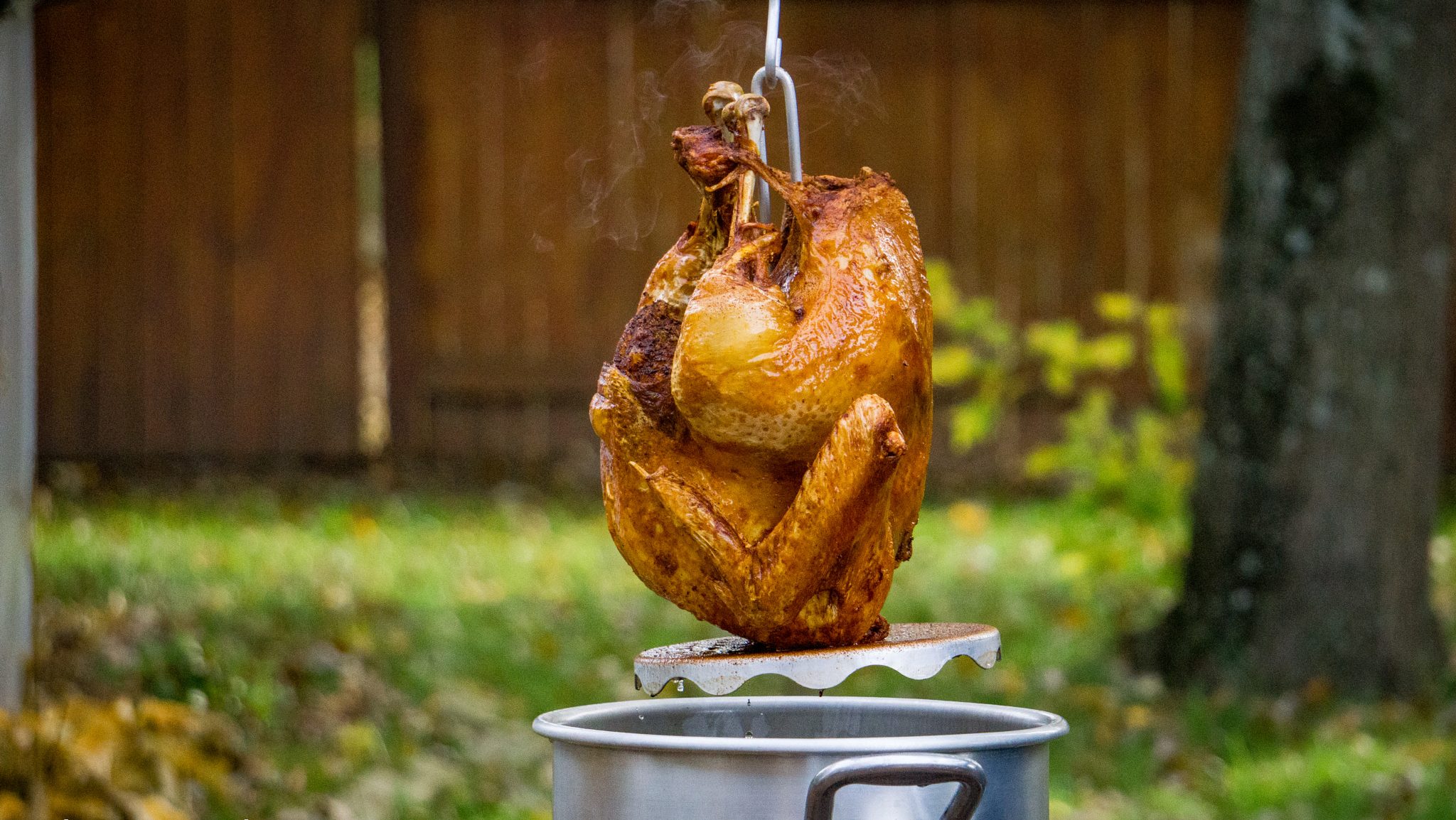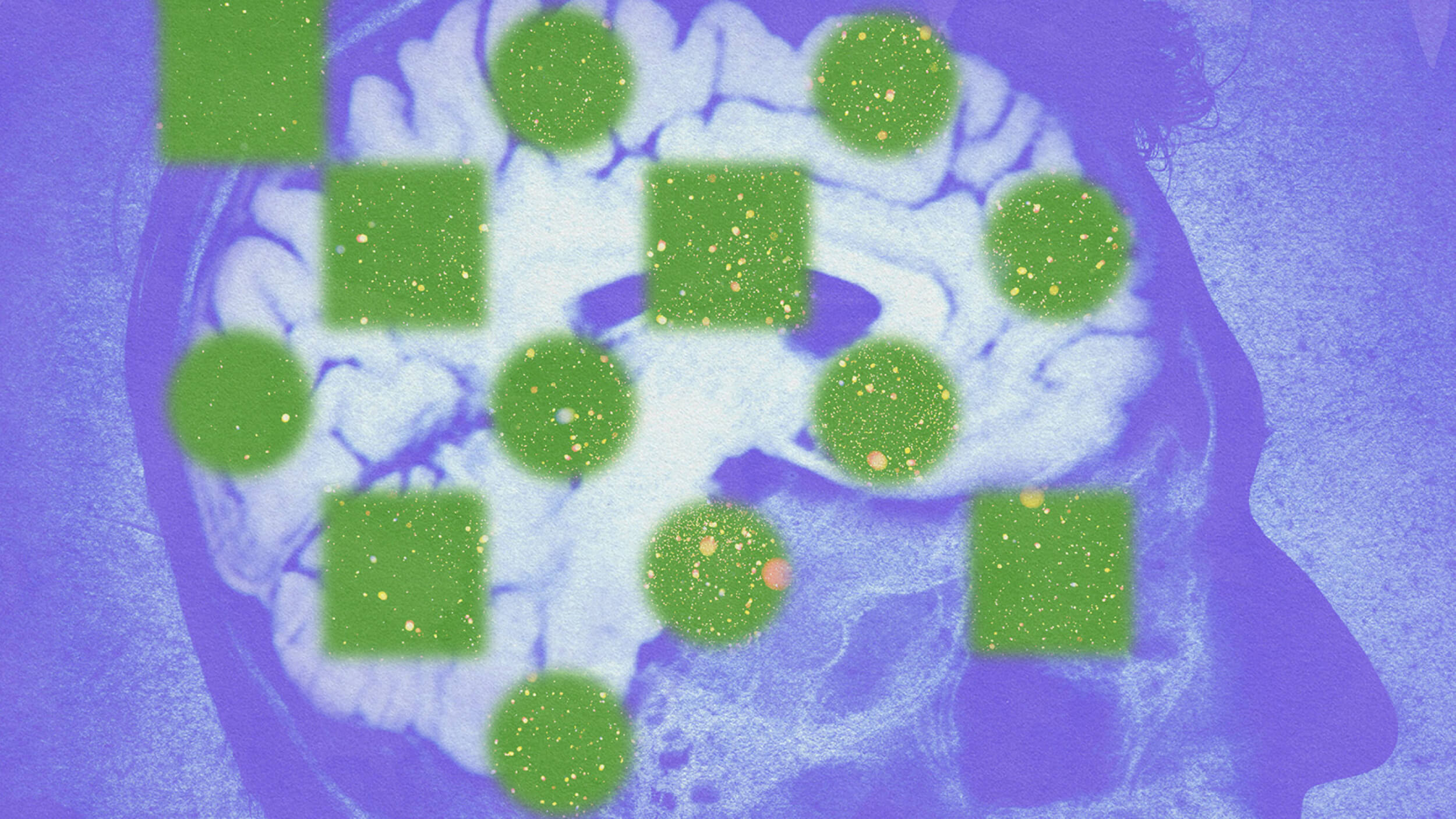Where does NYC drinking water come from? How is it kept safe from toxins and terrorists? Alex Matthiessen clears a few things up.
Question: Where does New York City's drinking water come from?
Alex Matthiessen: Okay, very good question, and surprisingly I would guess that if you surveyed New Yorkers on the street, only a small fraction of them would actually know where their water comes from. They might have some vague idea that it comes from somewhere upstate, but in fact New York City and Westchester County, so 8 million from the five boroughs of New York City plus a million for Westchester County, 9 million total, get their daily drinking water supply from a 2000 square mile area that mostly is in the Catskills, 1500 square miles of that is in the Catskill Mountains, and then the other 500 square miles is throughout Putnam and Westchester County. The system is basically based on capturing rainwater from rainfall that is moved down the mountainside and obviously gets collected through a system of streams and reservoirs, some natural reservoirs, natural lakes, and other man-made lakes, 19 of them in total that capture that water and then through a series of aqueducts that were built starting in the mid-19th century, all the way to the early part of the 20th century make their way through gravitation, there’s no pumps involved at, this is in other words basically from the source up in the Catskills down to New York City there is an elevation drop, it is very, very small, you know, per foot per mile but it is enough to keep the water moving through gravitation down to the city’s buildings and internal pipes.
So that’s essentially where the water comes from, about 90% of the supply, the 1.5 billion gallons that come to New York City every day comes from the Catskill Delaware system essentially which is basically the Catskill watershed which is the water that falls east off of the Catskill Mountains and the Delaware watershed which falls west of the Catskill Mountains and eventually would have made its way down to the Delaware River were it not captured in these upstate reservoirs. So 90% comes from that source, it’s a very, very clean source because of the relatively minor amount of development up in that region. The 10% roughly that comes from the east of Hudson System or the Westchester and Putnam system actually is not quite as clean. I mean it’s safe enough to drink but it has much more pressure on it and is much more exposed to potential contaminants because of the heavy development that’s happen in Putnam and Westchester over the last, you know, 50 to 100 years.
Just to back up a second but New Yorkers may not know that the source of their drinking water is unfiltered, it’s treated with a little bit of chlorine to hit basic pathogens, it’s treated with a little bit of fluoride to avoid tooth decay and beyond that it’s not filtered, it’s one of the last remaining unfiltered systems. So that’s why it tastes so delicious and it’s so clean. The problem is you’ve got to then protect the water at its source up in the Catskills and in east of Hudson. Unfortunately because of all the development of the east of Hudson part of the system the EPA decided at New York you gotta build a filtration plant that’s the only way you can absolutely safeguard that part of the water supply. The problem is of course is once you build that filtration plant, it takes pressure off of New York City, off of those upstate communities who live in the watershed to actually protect the water at its source and a filtration plant is not bullet proof. Now you can still have pathogens get through a filtration plant and cause outbreaks of disease.
Question: What are your main challenges in keeping NYC drinking water safe?
Alex Matthiessen: Well, Riverkeeper was part of an historic agreement in 1997 called the Watershed Agreement, and it was an agreement between New York City and the state of New York and the upstate communities who live again in these watershed areas. There’s been a longstanding tension between the upstate communities who feel like New York is robbing their water and not only that but because of the need to protect the area, it’s also restricting their opportunity for economic growth and economic development, and then New York has had to balance that frustration and also make sure that it repays those upstate communities in some way.
So in order to protect the source of our drinking water and to make sure that we remain an unfiltered supply or we continue to enjoy an unfiltered supply, we reached this agreement between environmental groups like Riverkeeper, the state of New York, upstate communities, New York City and basically it’s set out a series of requirements that New York had to follow in order to protect that upstate source, but also to help promote some sustainable economic growth up in that region to provide jobs and economic stimulus. So among those things are acquiring land, you need buffer lands especially around the streams and the reservoirs itself so that pollution, erosion, sediment etc. salt from nearby roads, doesn’t run into the reservoirs and of course end up in our drinking water supply. You also need to especially in the east-of-Hudson system, you need to upgrade sewerage treatment plants that are in some cases are 40, 50 years old, they’re starting to fail, they’re starting to discharge untreated or partially treated sewerage into water system. Now again, by the time that makes its way down to New York City through natural systems and microbes and so that its treated. But nonetheless you don’t wanna have that too much of that, so you’ve gotta upgrade the sewerage treatment plants, you’ve gotta help home owners to upgrade their septic systems where you don’t have sewerage treatment, etc.
So Riverkeeper plays the role of being the watchdog, making sure that New York City and its environmental agency the DEP, Department of Environmental Protection is doing all the things that they agreed to do in that 1997 agreement. Unfortunately their track record has been very mixed and that very much depends on who the Mayor of New York is at the time. When you had Mayor Giuliani, this is something he did not think was a priority, he did not put a Commissioner of the DEP who thought it was a priority either and there was a lot of kind of shenanigans going on and a lot of cutting of budgets and not putting enforcement officers up in the watershed to make sure that the source of our water is protected. Mayor Bloomberg has been much better but still it’s an old agency and they’ve got a certain bureaucratic ways of doing things. They’ve got certain kind of agency resistance that makes it difficult sometimes to get them to do everything they need to do. But Riverkeeper plays the role of being watchdog to make sure that they do what they’re supposed to do. Now the other threat especially to the 90% that comes from the Catskill system is that development pressures in the Catskills have quadrupled over the last, you know, 7 years, particularly since 9/11. There was a migration of some New Yorkers who left New York City after 9/11 because of, you know, the fear of terrorism and so on and a lot of them ended up going up to the Catskill regions which only a couple of hours away to settle and with those additional people, suddenly developers started to see dollar signs and saw the Catskills as a potential economic boom area and it is, it’s a gorgeous area, you’ve got the advantage of obviously having a little bit higher unemployment up there.
So there is a real hunger for jobs, which means that the local municipalities are gonna be generally supportive of whatever kind of development comes up there. So there’s really an increasing amount of pressure to develop that area and if we do that and we don’t do it right and suddenly that 90% starts to get contaminated in a way that it really hasn’t been to date. Then suddenly New York City is looking at having to build potentially a filtration plant for that west-of-Hudson part of the system that 90% which would cost, current estimates are 10 to 12 billion dollars and you’re talking about an annual operation of maintenance cost of about half a billion dollars per year. So you can imagine New Yorkers water rates will go through the roof. So it’s not a scenario that we want.
Question: How likely is a terrorist attack on the city's water supply?
Alex Matthiessen: You know there’s something that we looked into very rigorously around, you know, not long after the 9/11 attacks and became an obvious question. If you’re looking at New York City in particular but the New York regions infrastructure, one of the potential vulnerable points well obviously the Indian Point Nuclear Power Plant is one of those. The chemical plants over in New Jersey are another but certainly our water supply is vital. I mean Manhattan and the surrounding five boroughs would not survive very long without a source of water because most of the water, I mean almost all of it actually does come from upstate. So clearly that was a concern. We did some investigation, there’s a couple of conclusions we came to which put us at ease. First of all the DEP did step up their enforcement presence up in the watershed to make sure there’s security up there near the aqueducts, near the Canseco Reservoir where a lot of the water comes through to make sure that those areas are protected from some kind of, you know, attempt to blow up, you know, the dam or blow up the Canseco Reservoir and so that was somewhat assuring.
Secondly, in terms of if a terrorist was to dump some kind of chemical agent or mercury or something that was highly toxic that could pollute the entire system and poison New Yorkers. By the time that was done, word would get out, the DEP would know about it and New Yorkers would of course be warned not to drink any of the water. So in terms of actually being successful in killing New Yorkers by contaminating the water supply, you know, it takes 60 to 90 days if you drop a drop of water in some of the upstate reservoirs for it to make its way through the system down into your taps here in New York City. But nonetheless they could contaminate the upstate supply and heavily disrupt New York City because if we were obviously without water for some time until we could treat or deal with the poisoning of our system then certainly that would disrupt the city.





